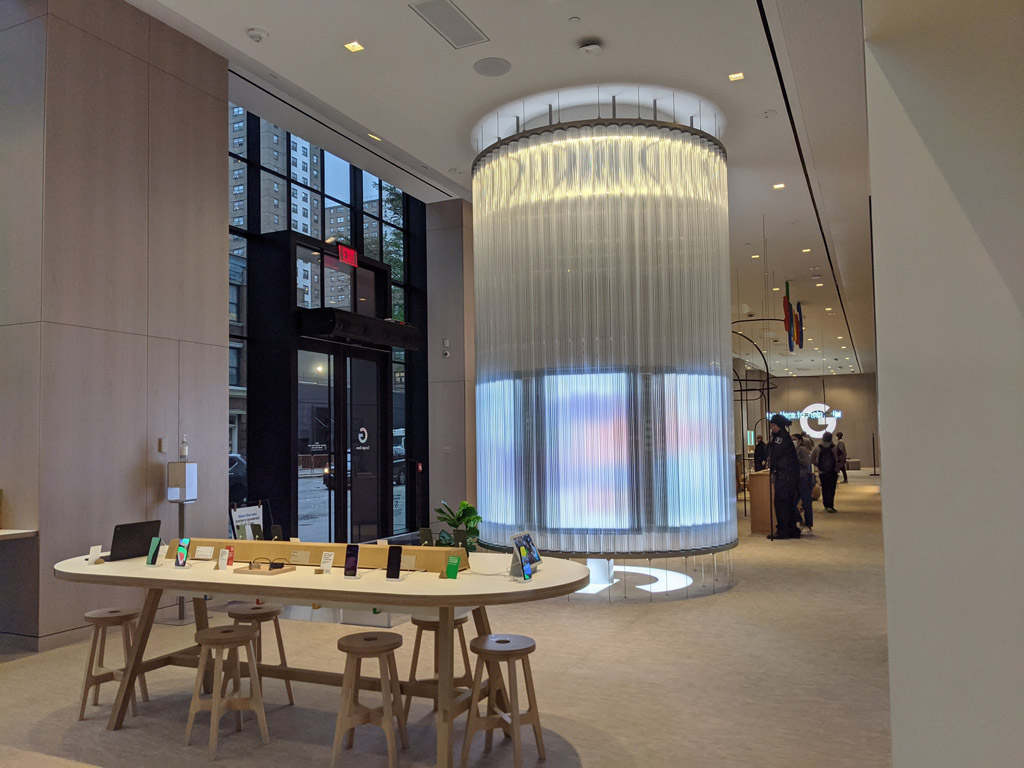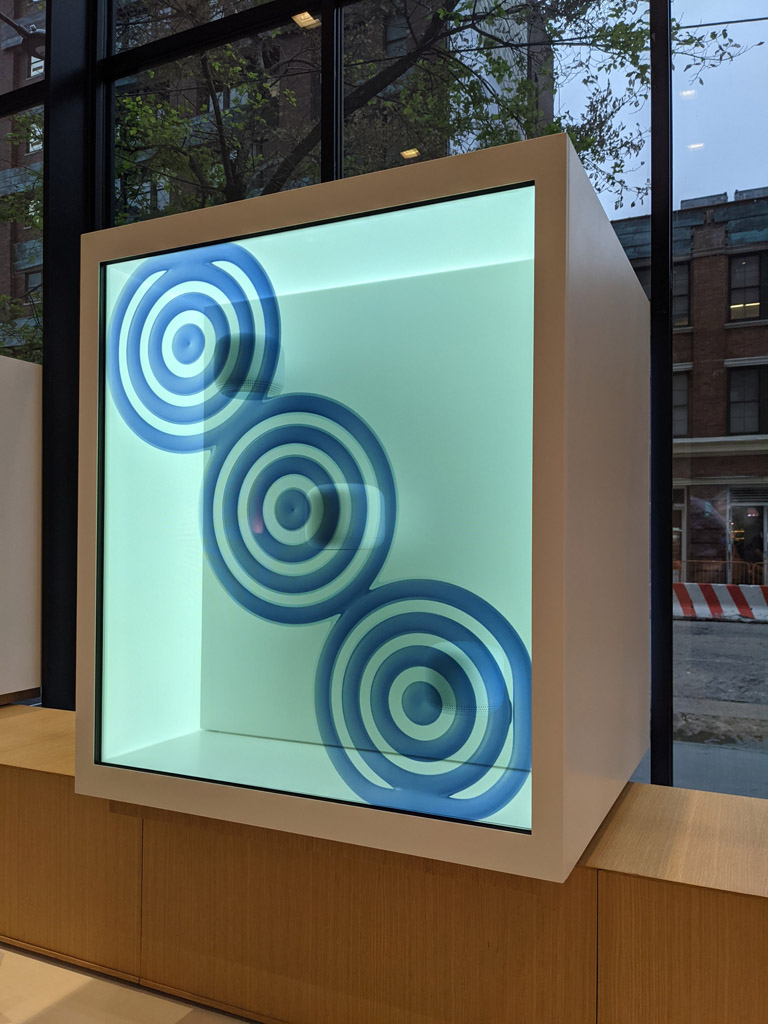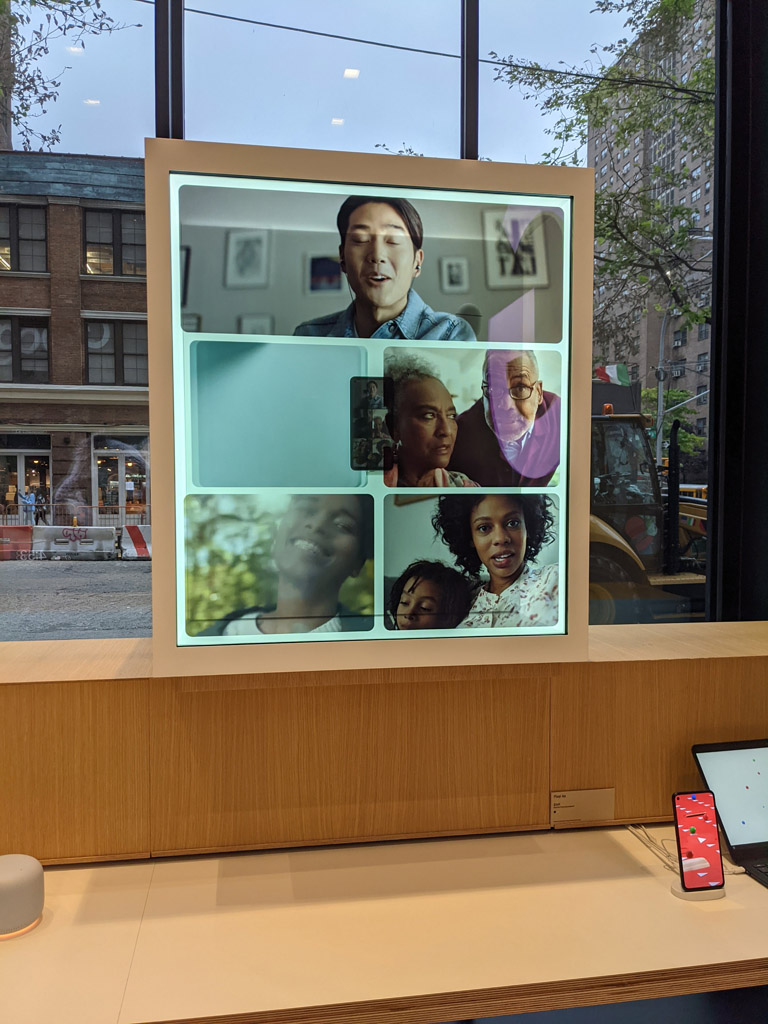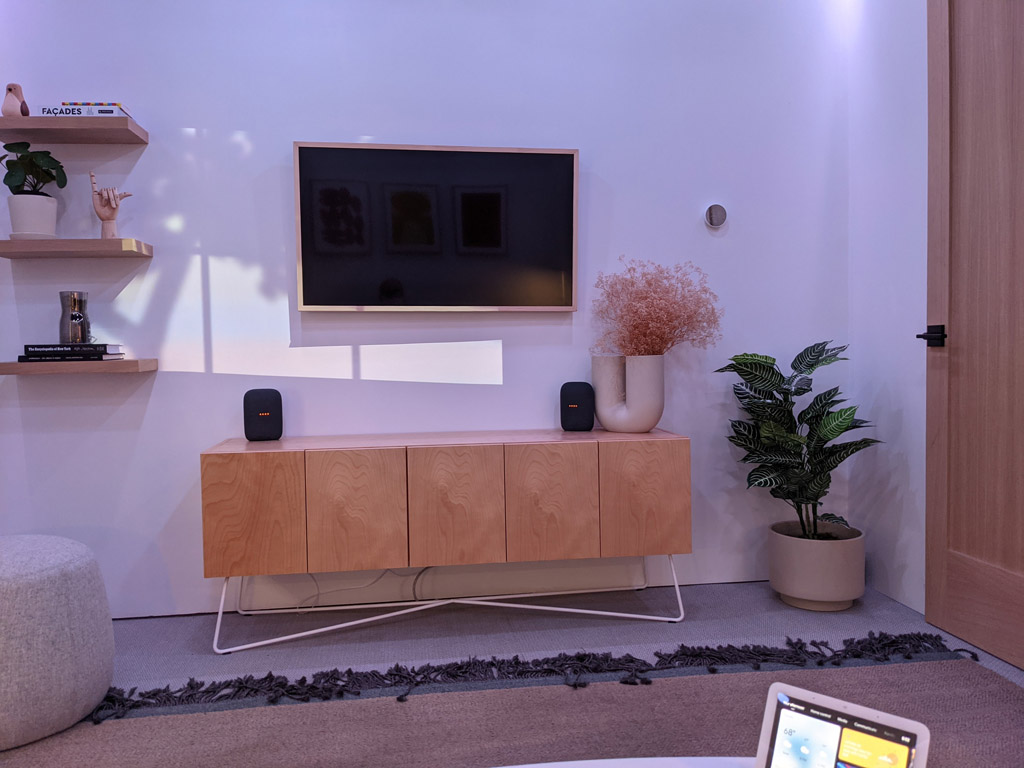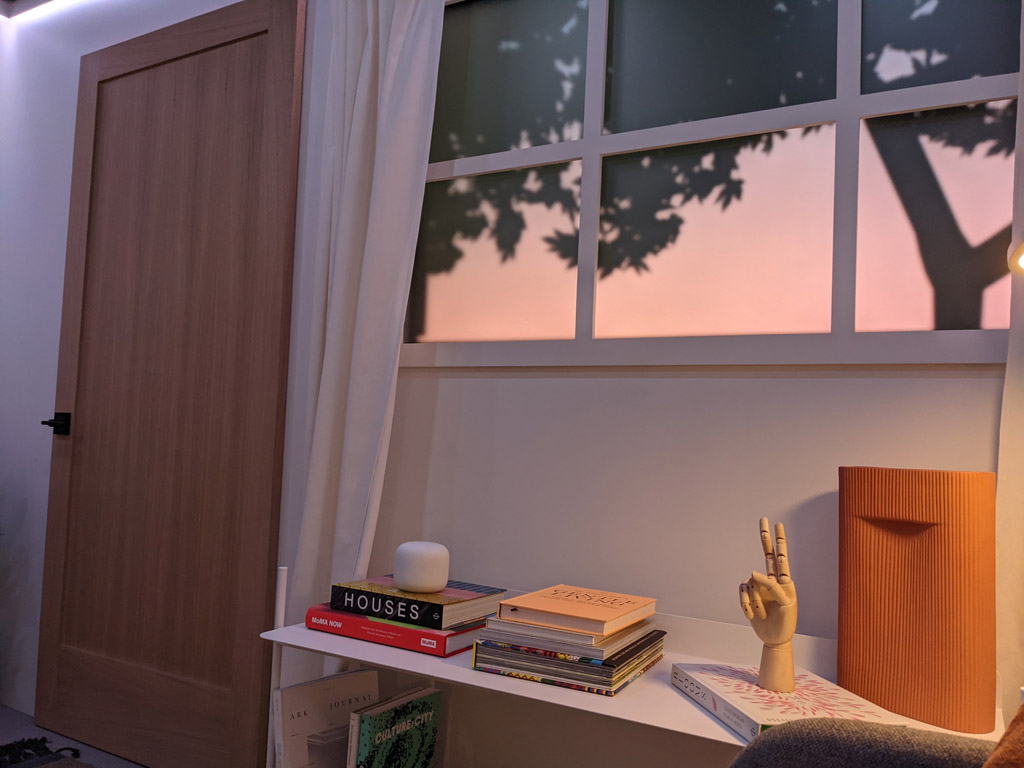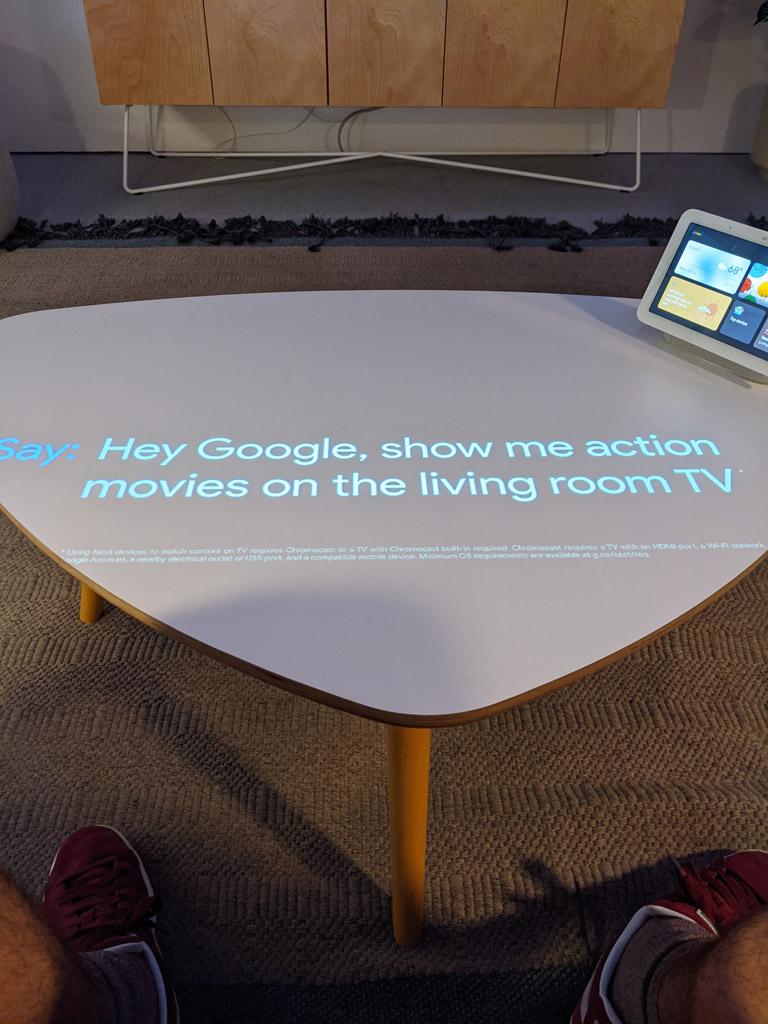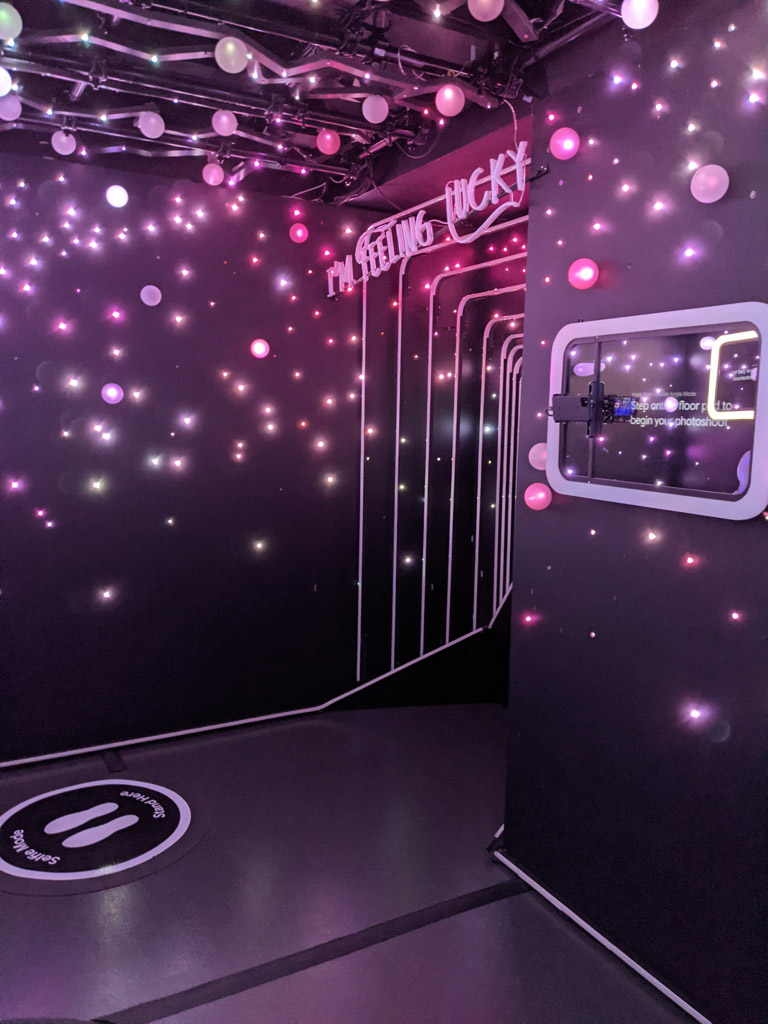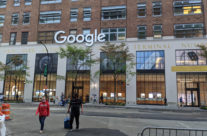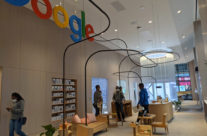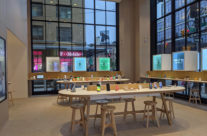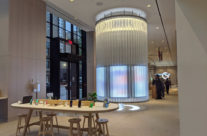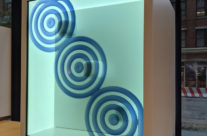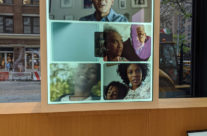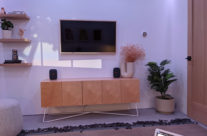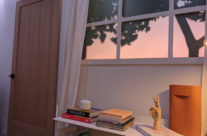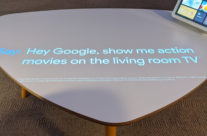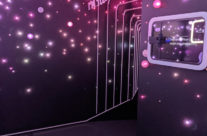Google has its flagship store, and it opened in the Chelsea neighborhood in New York on June 17, 2021. This foray into retail is a first for Google, which had so far only made timid advances, notably through a popup store in SoHo in 2016. Google joins Samsung and especially Apple with its Chelsea store, who have long made retail a cornerstone of their strategy.
Thanks to Olivier Delangre, CEO of Amoobi, who visited this store for us, we propose an analysis in images.
Summary
- No, Google doesn’t only make software
- An open architecture (like Apple’s, but you shouldn’t say so
- The Google Store in New York, a 100% experiential place
- The opinion of Olivier Delangre, CEO of Amoobi
Google is not just a software company
The opening of the Google Store in New York is based on the fact that Google is not only a company proposing software solutions. It is also a company that has developed tangible products (especially smartphones, tablets), embedding its software technology for a long time.
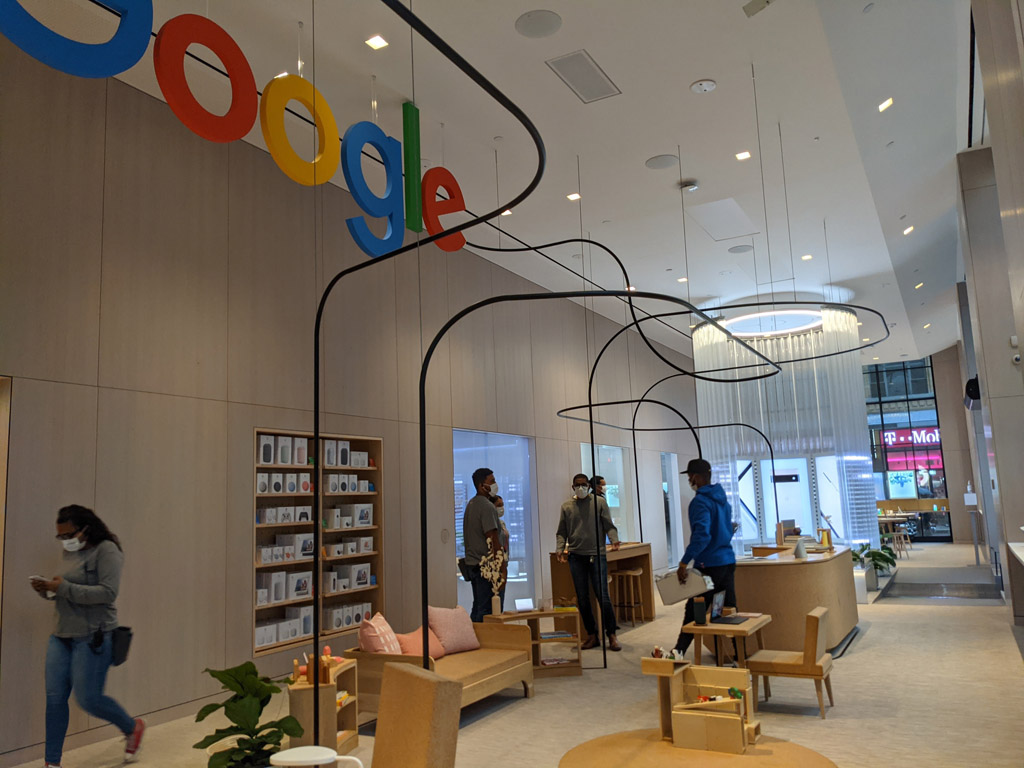
Therefore, a physical sales outlet is a meeting point and a place for experimenting with Google products, whether tangible (Nest, smartphones with Android, and the Pixel model created by Google) or dematerialized (Strava).
What is striking about the Google Store is that it is not a store per se. Instead, it is a place of passage, a hybrid model that integrates a typical office (place of work) and the living room (place of relaxation).
Open architecture
The “exhibition” part of the Google store in Chelsea adopts codes based on an open architecture invented by Apple in its time. The products are laid out horizontally, within easy reach, with no furniture obstructing the view from one end of the store to the other. This type of layout has become the norm, and the photo below illustrates it well.
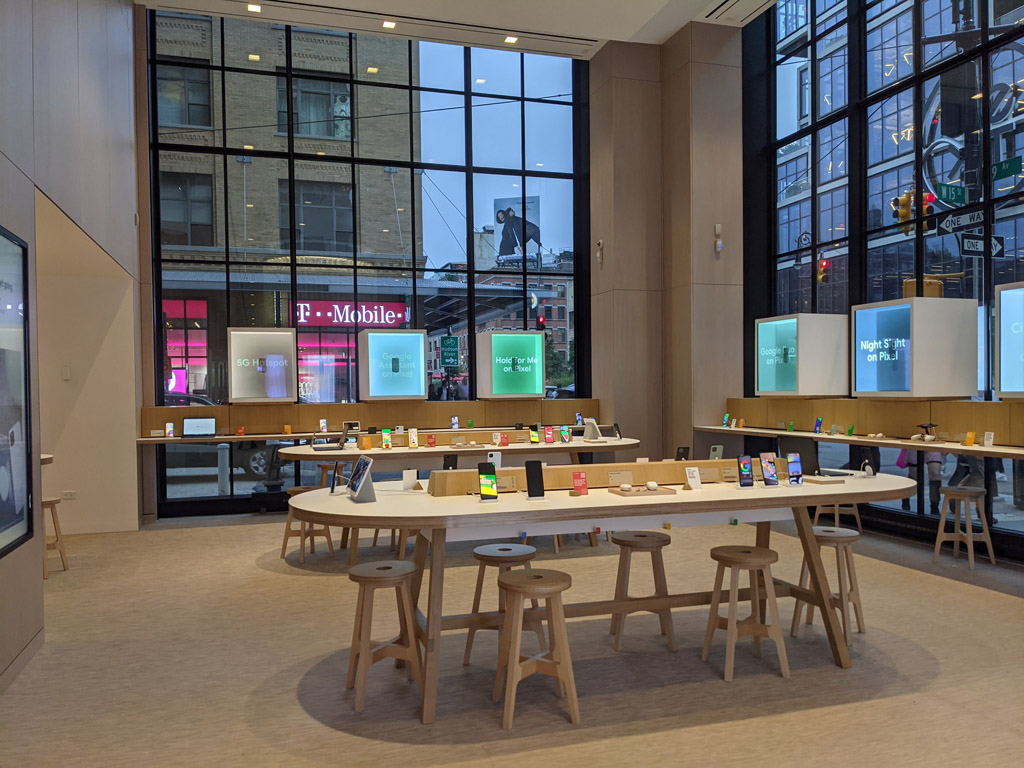
The stools invite you to sit at these large “guest tables” and join the big Google family. These stools may seem insignificant at first glance, but they have a symbolic function (to create a group spirit) and a practical one (to make the visitor feel comfortable to keep them there as long as possible).
Lesson n°1: each element also has a symbolic function that aligns with the customer experience you wish to propose.
Lesson n°2: make visitors feel comfortable so that they spend as much time as possible in the sales outlet. This will increase the likelihood of a purchase.
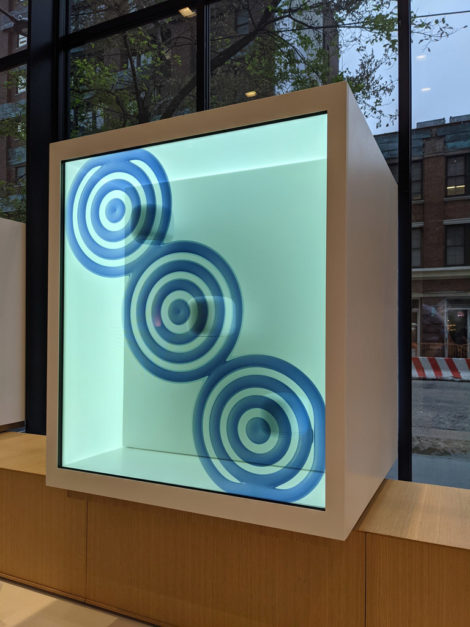 The products are also highlighted in cubes covered with a coating on which animations pass. This is the same technology that we had noticed in the flagship store of Nike in London for the staging of the Air Max 1.
The products are also highlighted in cubes covered with a coating on which animations pass. This is the same technology that we had noticed in the flagship store of Nike in London for the staging of the Air Max 1.
An experiential store
Unsurprisingly, Google is banking on the multiplication of experiences inside its sales outlet. The goal is to have visitors test products and software solutions to convince them of the superiority of Google technology.
Three rooms are reserved for these practical experiments: one for the Pixel smartphone, one for Strava (gaming), and one for Nest (connected home).
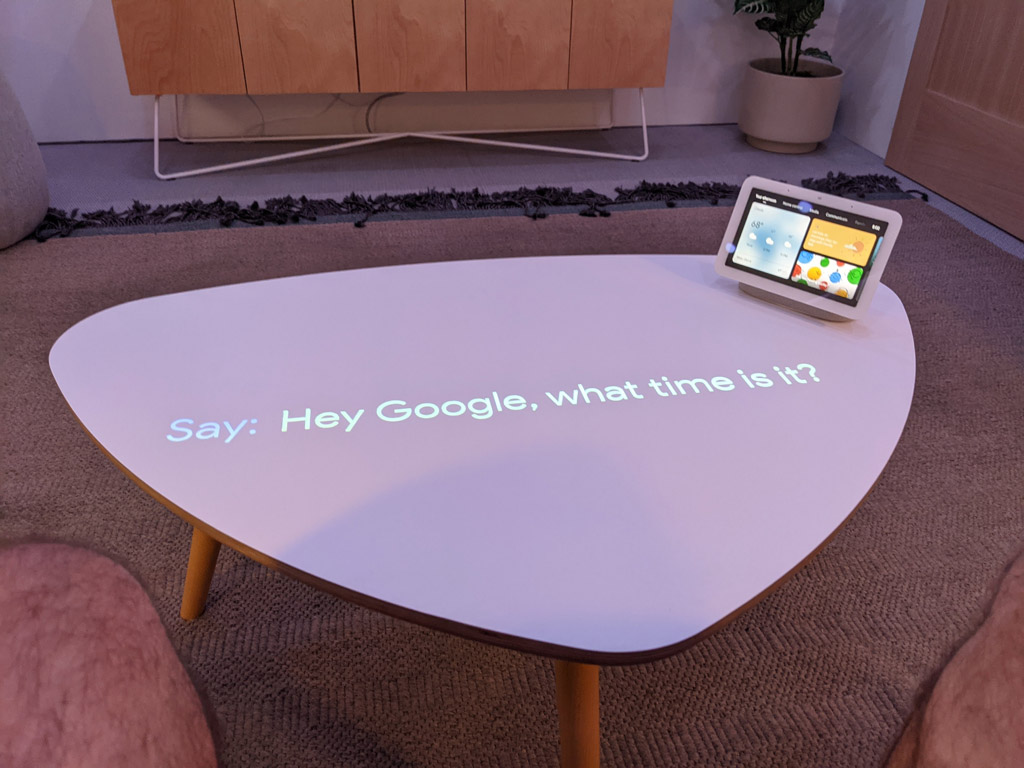
The room reserved for Nest is particularly successful. A whole scenario has been scaffolded that allows you to use the various features offered by the connected home system. After entering a living room and sitting on the couch, a scenario unfolds before you. Google commands are projected on the coffee table to either speak or let a voice-over do it. At the beginning of the scenario, a shadow appears in the window. It is a delivery man ringing the doorbell. Using a voice command, you can request the camera on the doorstep to display the image. Further on in the scenario, a noise is heard on the floor. You control the corresponding camera and realize that it is the dog that is acting up.
Lesson n°3: if the product is complex to learn, guide the user through the learning process using simple scenarios.
 Olivier Delangre’s opinion, CEO of Amoobi
Olivier Delangre’s opinion, CEO of Amoobi
As I approached the Google Store in New York, it was impossible not to think of the Apple store. An immaculate store, modern architecture, and an army of employees ready to accompany and help you. I was approached very nicely as soon as I entered the store and at different stages during my visit. The presentation of the products is relatively close to an Apple store with a lot of space per product on modern tables. What is striking is the multitude and diversity of Google products: phones, computers, cameras or connected doorbells, video games, speakers, etc. I liked the care taken to explain the products. For example, there are boxes with a transparent screen showing the product but interactive content explaining the many possibilities offered. But the most interesting for me was, without a doubt, the NEST room. Through a well-put-together scenario, we discover all the functionalities of the connected home, which allows us to project ourselves on the possible use of the different Google-connected objects. Many retailers and not only technological ones could duplicate this immersion in the product’s functionality. Why not inspire the customer on the possible use of products, even food products (recipe, composition, presentation)? A very inspiring store to visit.
Posted in Misc..

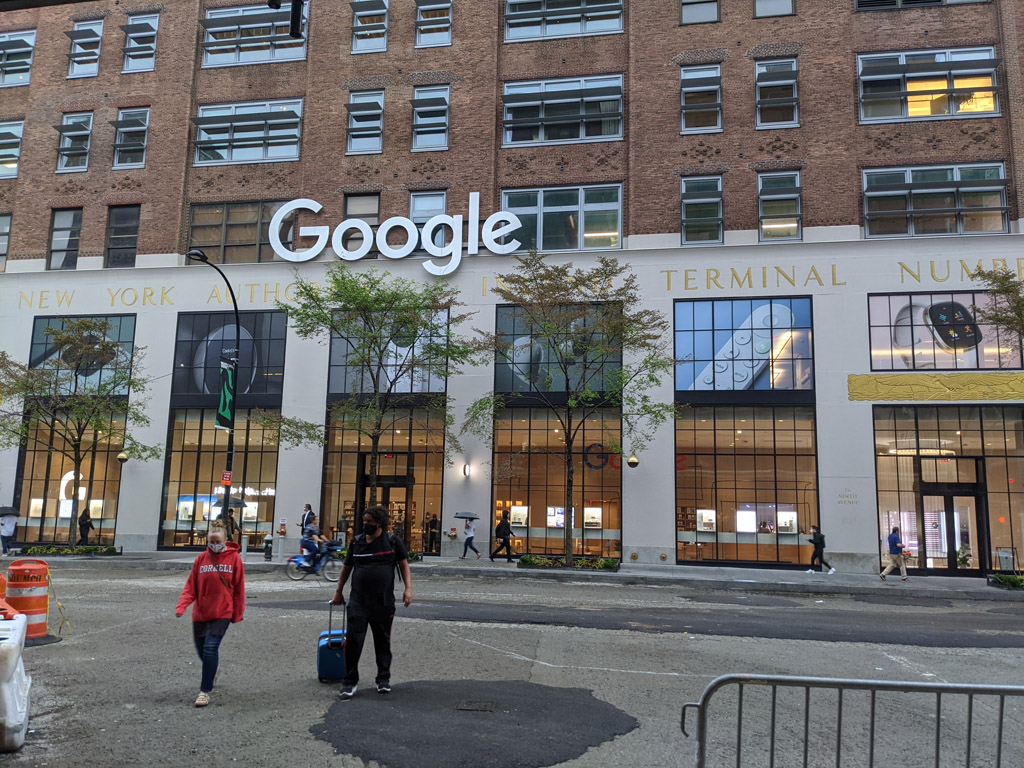
 1/10
1/10 

